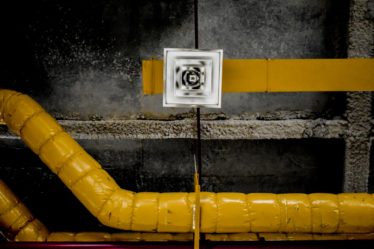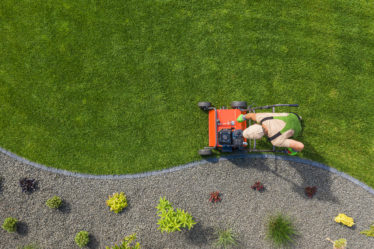
There are a few different types of genetic tests that can be done to determine if a person is born with a physical disability. A DNA analysis may look for a specific gene mutation that is associated with a condition or group of conditions, or they may look for chromosomal abnormalities that are linked to a certain diagnosis.
What these tests don’t reveal, though, is how to make the world accessible as you live with that same disability. There is no one-size-fits-all answer to this question, as the accessibility needs of people with physical disabilities vary greatly.
Accessibility at Home

For instance, one of the first things you think about when moving into a new house when you have a physical disability is how to make it accessible. For many disabled people, accessible means wheelchair accessible. If you are unable to climb stairs, for example, you will need a home with a wheelchair ramp or an elevator.
There are many things to consider when making a home accessible. The first step is to make a list of your needs and disabilities. This will help you determine what features your new home should have. Some things to consider are:
- Do you need a wheelchair ramp or an elevator?
- Are there any stairs in your home? If so, how will you be able to access them?
- Do you need a special bathroom with a wheelchair-accessible shower, walk in tub installation, or a toilet that is low to the ground?
- Are there any doors in your home that are difficult to open or close?
- Do you need a special kitchen with counters that are low to the ground?
- Are there any areas in your home that are difficult to reach?
- Do you need a special bed or wheelchair-accessible bedroom?
Once you have answered these questions, you can begin to look for a home that meets your needs. It is important to remember that not every home is accessible, so you may need to make some modifications. There are many companies that can help you with this, so don’t be afraid to ask for help.
If you are unsure of where to start when it comes to making your home more accessible, there are a few resources available to you.
One great resource is the website of the Americans with Disabilities Act (ADA). The ADA website has a lot of information on accessible home modifications, as well as a directory of accessible housing.
Finally, if you are looking for more specific advice on accessible home modifications, you can consult with a professional who specializes in accessible housing. These professionals can help you assess your needs and recommend the best solutions for you.
Accessibility On the Go

Beyond the walls of your newly accessible home, here are some general tips that can help make your everyday life a little easier:
Ask for help when you need it.
If there is something that you need help with, don’t be afraid to ask for it. Whether you need someone to help you get around, or you need help with a task that is difficult for you to do, there is no shame in asking for assistance.
Know your rights.
There are many laws and regulations that are in place to protect the rights of disabled people. Familiarize yourself with these laws and make sure that you are aware of your rights.
Advocate for change.
If you find that something is not accessible for you, don’t be afraid to speak up and advocate for change. Many organizations and groups exist that are dedicated to improving the lives of disabled people, and they would be happy to hear your suggestions.
Be patient.
There is no quick and easy fix when it comes to making the world accessible for disabled people. It will take time and effort, but eventually things will get better. Be patient and stay positive, and you will see progress happening in your community.
Making your home accessible can be a challenge, but it is worth it in the end. Having a home that meets your needs will make life a lot easier and more comfortable.



